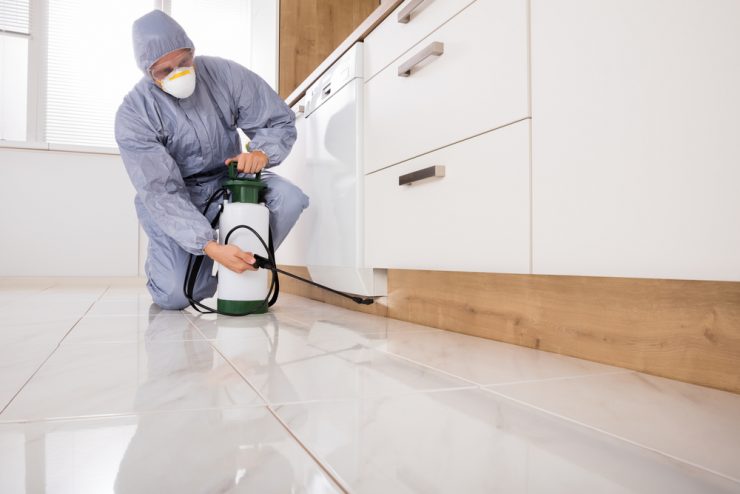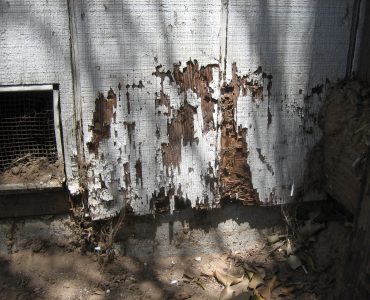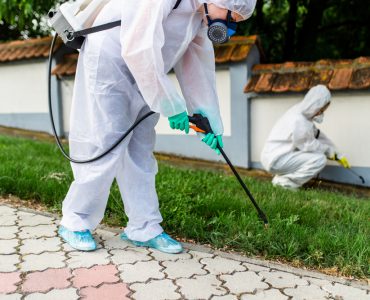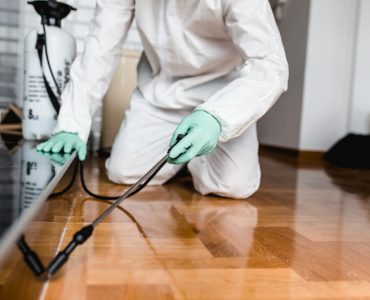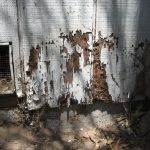To say termites are a bit of a pest would be a big understatement. Termites can actually cause a lot of serious damage. What makes the situation extra tricky is that termites tend to do their damage underground, meaning that the homeowner in question may not even realize what they are up to until they have already wreaked havoc. If you discover that you do have a problem with termites then you need to act fast. In this article, we will look at some methods that will kill these pests effectively.
Chemical pesticides are used as a way to treat the termite issue. The user does have to be extra careful when using these, as whilst these chemical treatments may have improved over the years with their safety and environmental footprint, care must be taken to make sure they do not poison the soil or water of nearby areas that have been treated.
The most commonly used chemical treatments are soil-applied liquids. They contain pesticides that kill termites on contact. This type of treatment will also help prevent future infestations as it creates a barrier around the area. Another chemical method is called borates. Borates are usually used as a preemptive treatment to seal cracks in homes, which will help prevent termites from entering the building. One important thing to know is that borates can be harmful to humans and pets, so borate treatment is mostly used for areas that are hidden and where termites forage.
Non-chemical treatments are also an option. Keep in mind that a non-chemical method will not be able to fully eliminate the issue in the way the chemical solution can, rather it can be used to boost the effectiveness of the chemical treatment.
Termites feed on certain species of fungi which are often lethal to them. With this in mind, fungi can be used to infect a termite which in turn will spread to the rest of the colony, destroying the colony in a matter of weeks.
You might be surprised that sand can act as a barrier to help keep termites out of your home. Sand helps keep an existing termite infestation isolated, stopping the issue from escalating. In addition, sand does not retain moisture, and the termites cannot tunnel through it, so it helps act as a preventative solution for crawl space areas, terraces and other areas where termites are likely to hang out.
Lastly, we come to nematodes. There are microscopic roundworms that find and enter termites. They then live inside them as parasites and feed on the host until it dies. This method has no other negative impact on humans or pets and so nematodes are quite a popular method for helping to get rid of the termite invasion problem.
If you do have an issue with termites, any of the above methods should prove useful in helping to put a stop to the creatures from causing damage to your home, damage which could cost a lot of time and money to repair.


